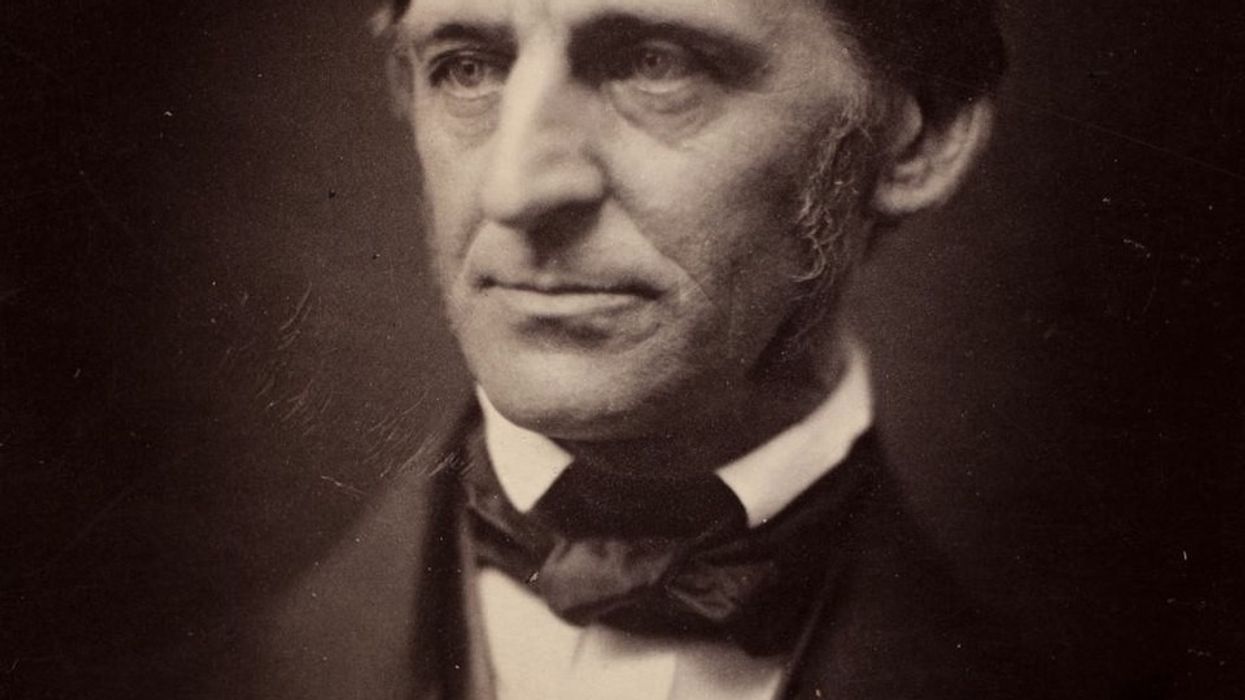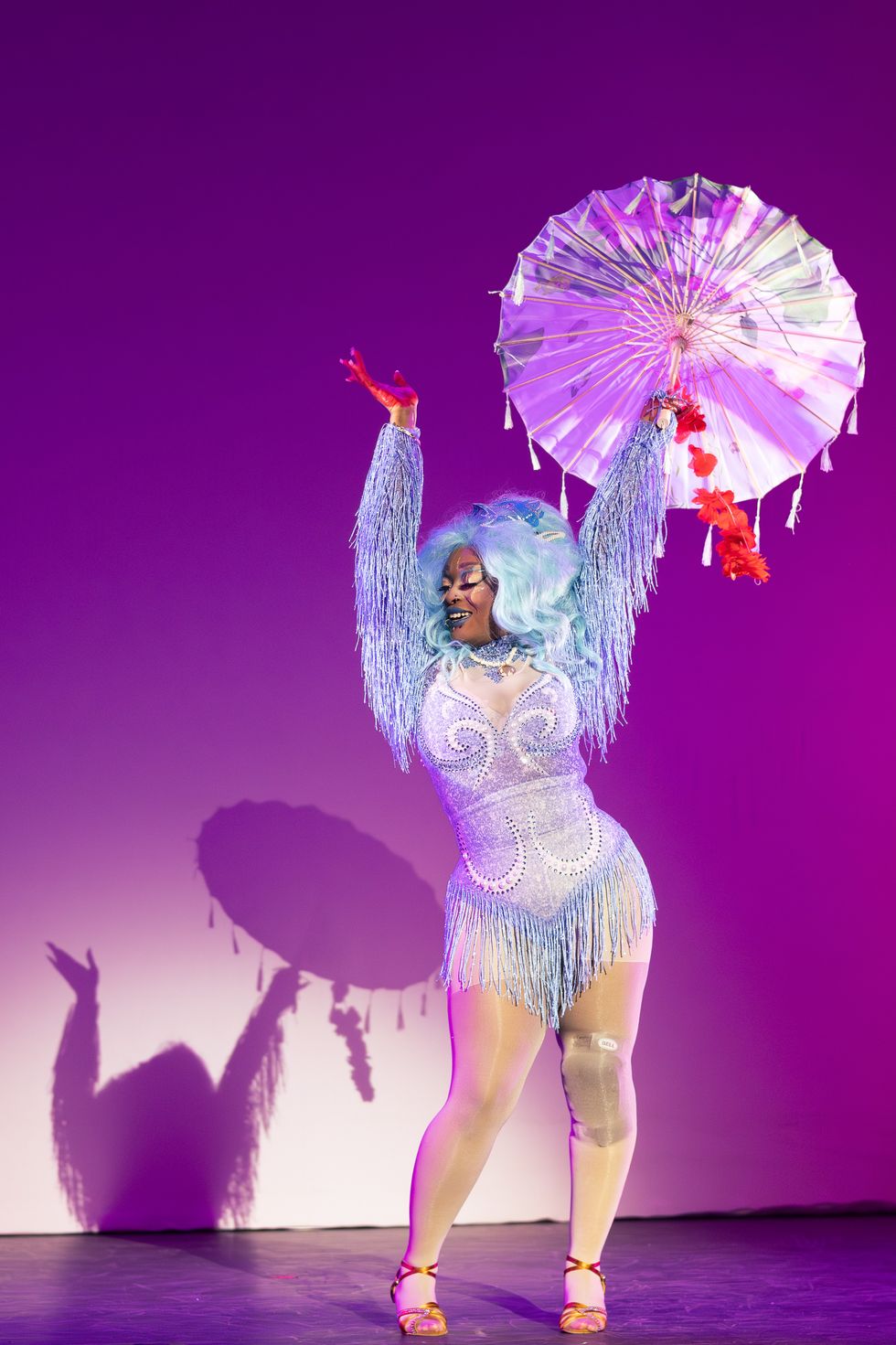It’s been discussed on Twitter more than any other show in 2017—and has catalyzed much needed conversations about preventing teen suicide—but school districts across the nation continue to be uncomfortable talking with students about Netflix’s hit series 13 Reasons Why. And thanks to the popularity of the show, some folks are being reminded that they don’t want teenagers to read the book it’s based on, either.
Officials in Mesa County Valley School District in Colorado recently ordered librarians to take Thirteen Reasons Why off school library shelves over concerns that it, like the series, glamorizes suicide. “Due to recent events and media attention on the Netflix movie 13 Reasons Why, I am going to have this book temporarily removed from any kind of check out,” curriculum director Leigh Grasso wrote in an email to district librarians on April 28, reported Grand Junction’s newspaper, The Daily Sentinel.
[quote position="left" is_quote="true"]I dare any censor to tell that girl it was inappropriate for her to read my book,[/quote]
Grasso and other administrators in Mesa County have cause for worry: During the 2016-2017 school year, seven students in the 22,000-student district, which is located about 40 miles east of the Utah state line, have died by suicide. “It would be hard for anybody who has dealt with suicide to not have a heightened awareness of things, to perhaps be a little more cautious about things,” Grasso explained to The Associated Press on Tuesday about her decision.
Like the series, the novel tells the story of the suicide of the main character, 16-year-old Hannah Baker, by addressing real issues that teens face, like drugs, bullying, and sexual assault. Since its publication in 2007, the best-selling book has proven popular with teenagers, but it has also sparked plenty of controversy. By 2012, it ranked third on the American Library Association’s annual list of challenged books—books that parents, teachers, or other community members try to get removed from library shelves. Novels such as Harper Lee’s To Kill A Mockingbird and Suzanne Collins’ The Hunger Games have also made the list in recent years.
In 2012 Asher told CNN that attempts to get the book removed make him believe that it’s even more necessary. "If people are dealing with it, we need to talk about it. Otherwise, we contribute to the main reason people don't reach out for help,” Asher said.
“The very day I found out Thirteen Reasons Why was the third most challenged book, I received an email from a reader claiming my book kept her from committing suicide. I dare any censor to tell that girl it was inappropriate for her to read my book,” Asher added.
Meanwhile, in Mesa County, district librarians successfully pushed back against yanking the young adult novel off shelves. “Once we start pulling and censoring books for all students as a reactive measure there is no line to which we follow,” wrote one librarian in an email, reported the Sentinel.
District officials have acknowledged that there is no evidence that those students in the community who killed themselves had either read the book or watched the series. Since students are reading the book—and with 19 out of 20 copies checked out of Mesa County school libraries, they definitely are—a better idea might be for concerned parents and teachers to actually discuss the novel (and series) with teens. Hint: Talking points are out there.















 This doggo has some concerns. Photo by
This doggo has some concerns. Photo by  Ready to eat.Photo by
Ready to eat.Photo by 

 Let us all bow before Gary, the Internet's most adventurous feline. Photo credit: James Eastham
Let us all bow before Gary, the Internet's most adventurous feline. Photo credit: James Eastham Gary the Cat enjoys some paddling. Photo credit: James Eastham
Gary the Cat enjoys some paddling. Photo credit: James Eastham James and Gary chat with Ryan Reed and Tony Photo credit: Ryan Reed
James and Gary chat with Ryan Reed and Tony Photo credit: Ryan Reed


 Rock deterioration has damaged some of the inscriptions, but they remain visible. Renan Rodrigues Chandu and Pedro Arcanjo José Feitosa, and the Casa Grande boys
Rock deterioration has damaged some of the inscriptions, but they remain visible. Renan Rodrigues Chandu and Pedro Arcanjo José Feitosa, and the Casa Grande boys The Serrote do Letreiro site continues to provide rich insights into ancient life.
The Serrote do Letreiro site continues to provide rich insights into ancient life.

 File:Ralph Waldo Emerson House (Concord, MA).JPG - Wikimedia Commons
commons.wikimedia.org
File:Ralph Waldo Emerson House (Concord, MA).JPG - Wikimedia Commons
commons.wikimedia.org

 The contestants and hosts of Draggieland 2025Faith Cooper
The contestants and hosts of Draggieland 2025Faith Cooper Dulce Gabbana performs at Draggieland 2025.Faith Cooper
Dulce Gabbana performs at Draggieland 2025.Faith Cooper Melaka Mystika, guest host of Texas A&M's Draggieland, entertains the crowd
Faith Cooper
Melaka Mystika, guest host of Texas A&M's Draggieland, entertains the crowd
Faith Cooper